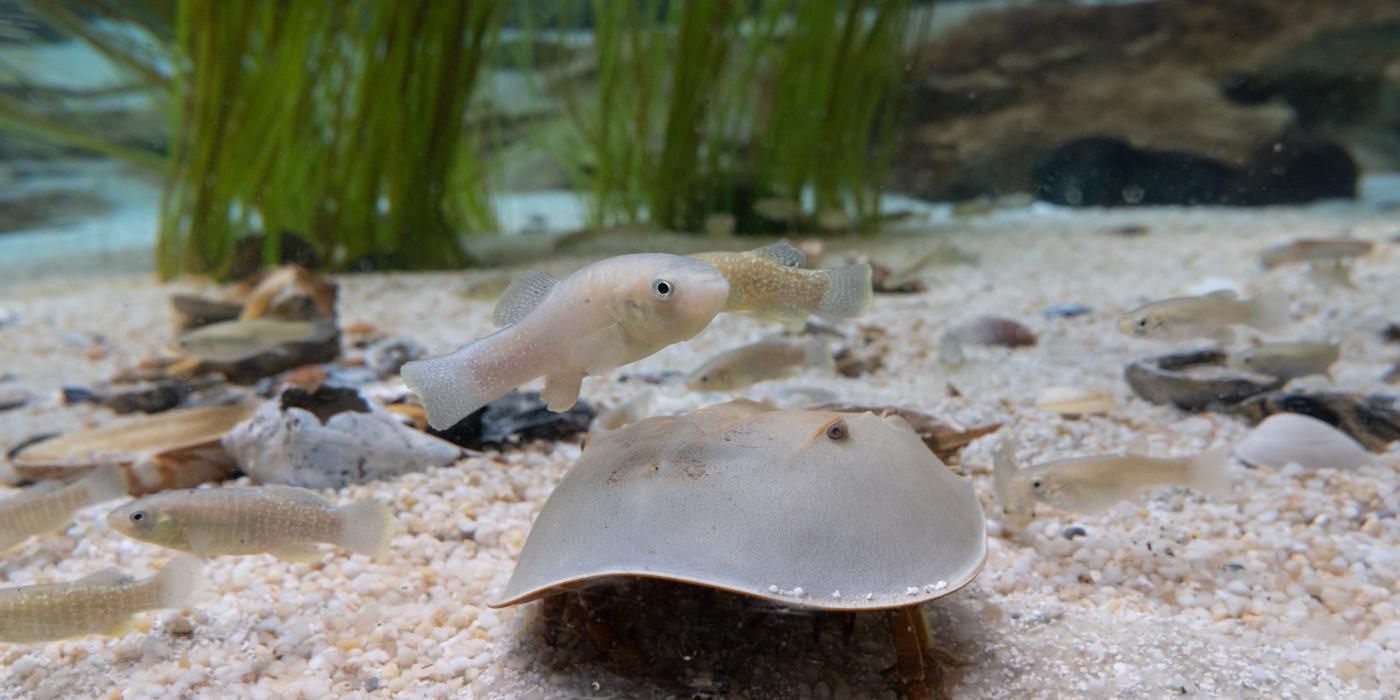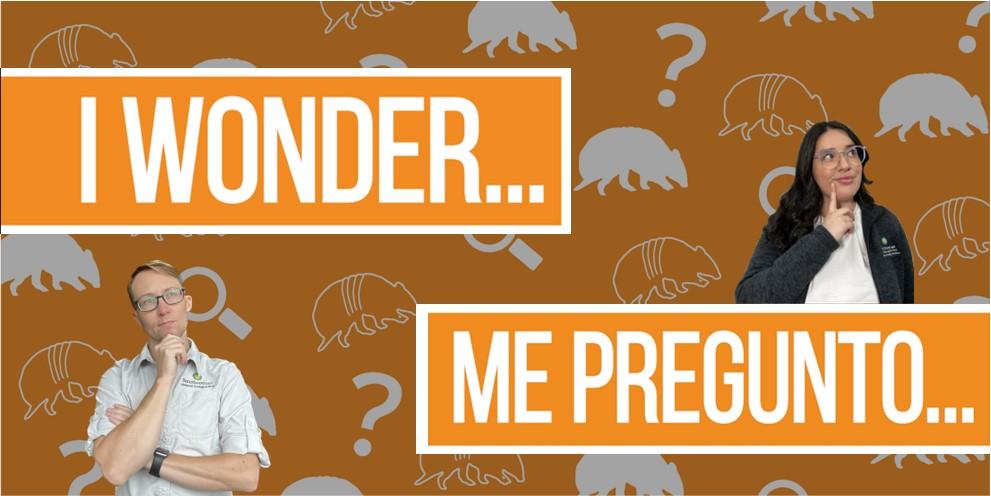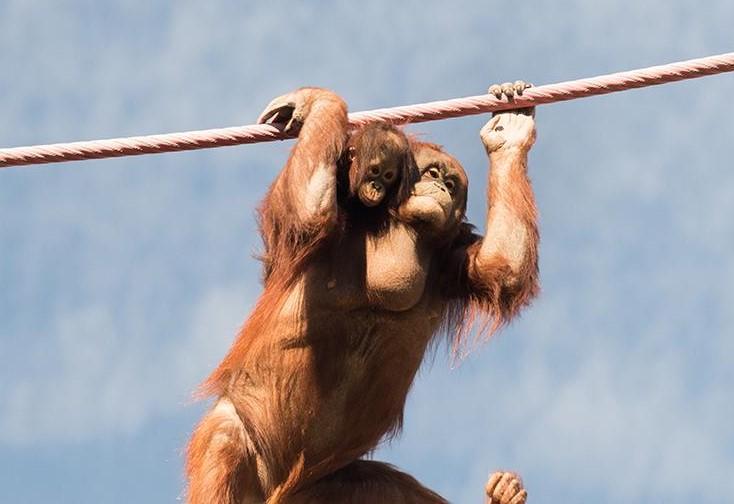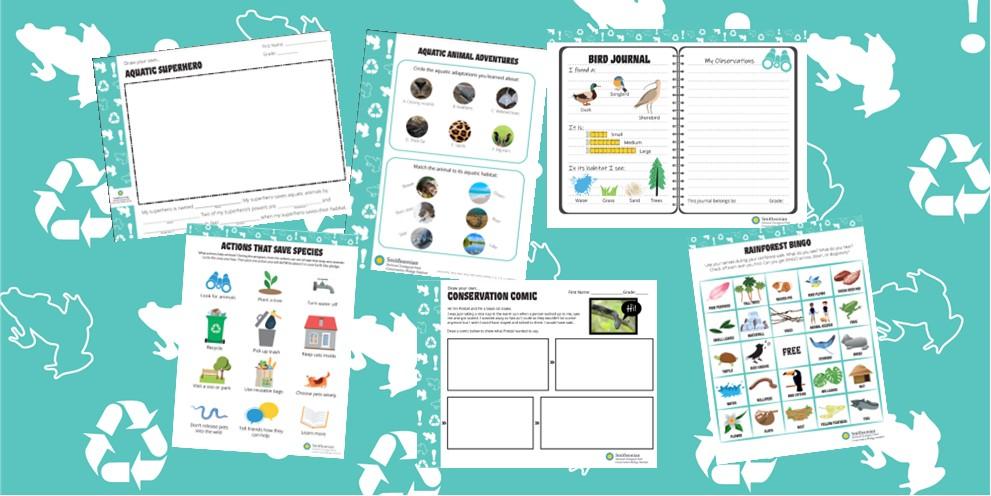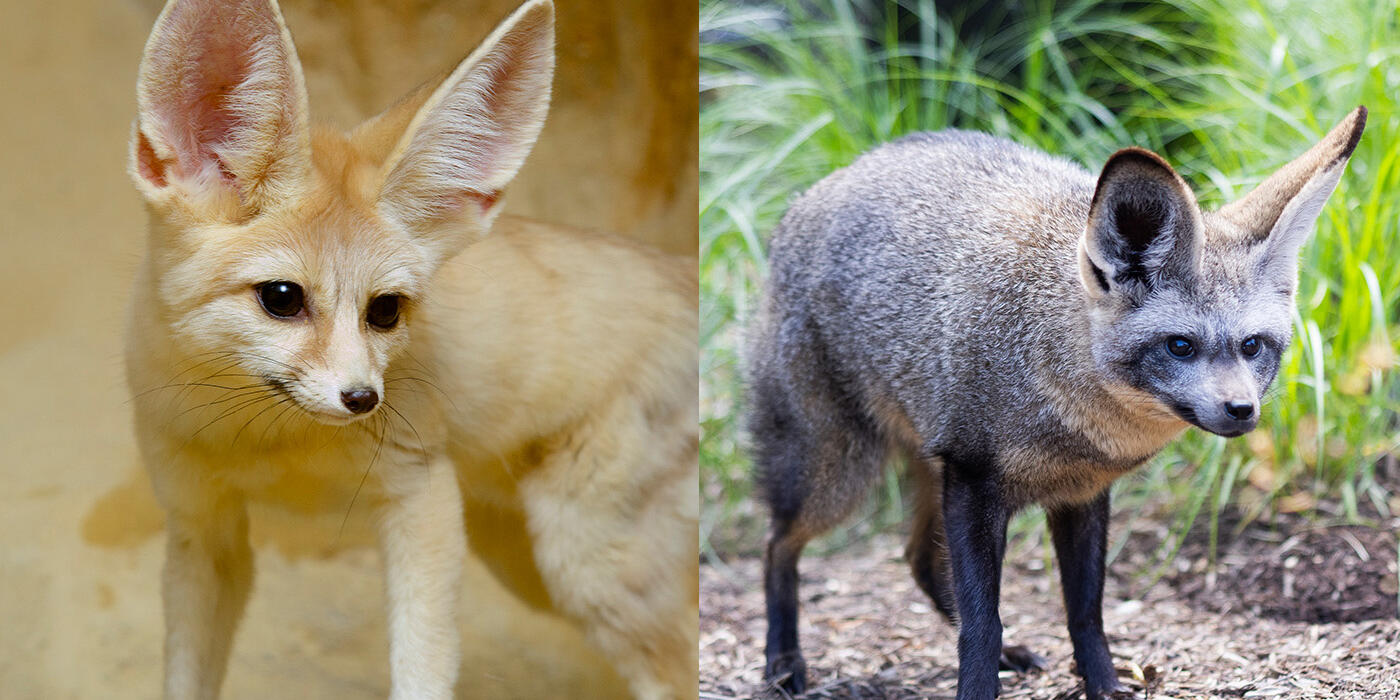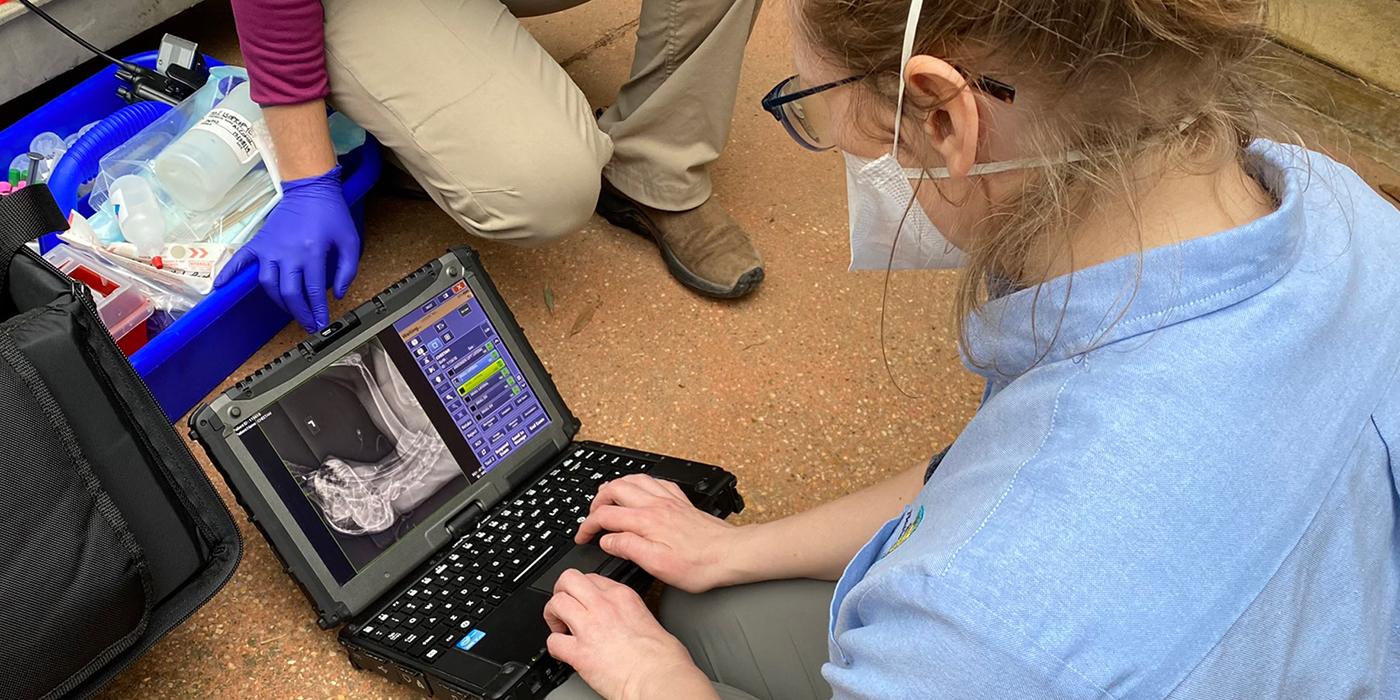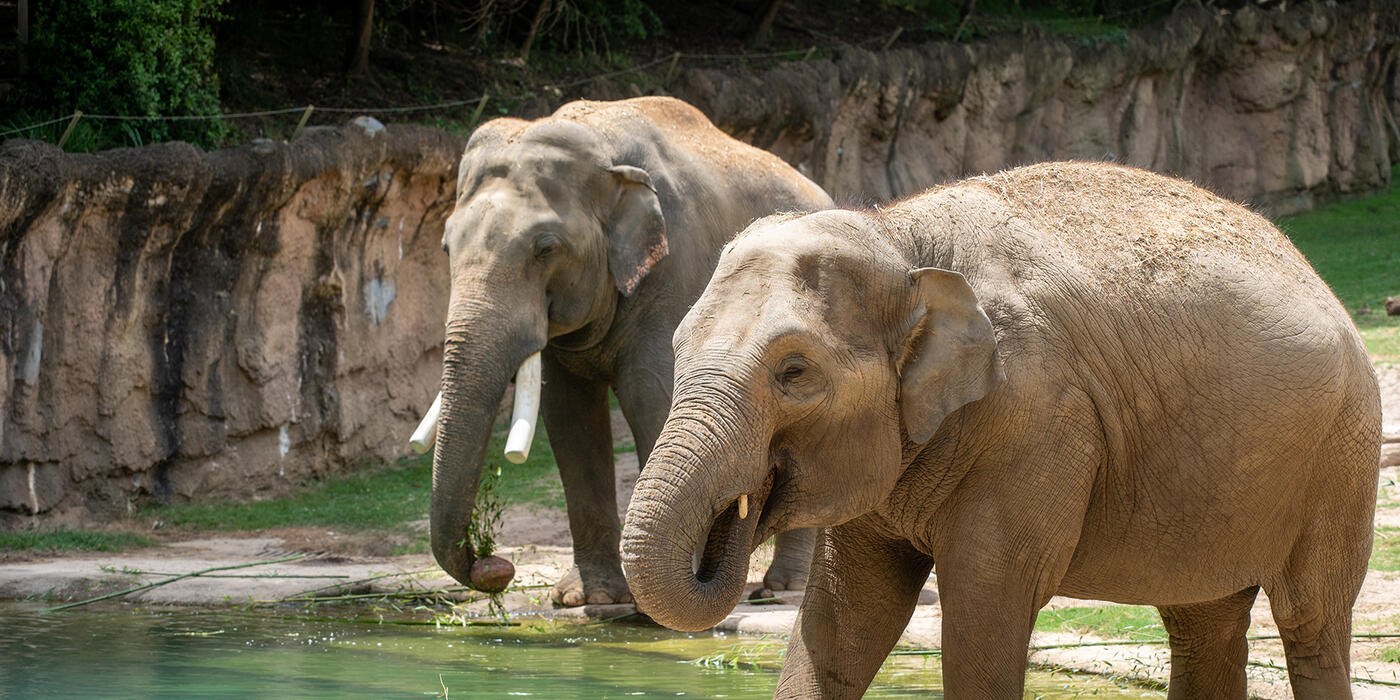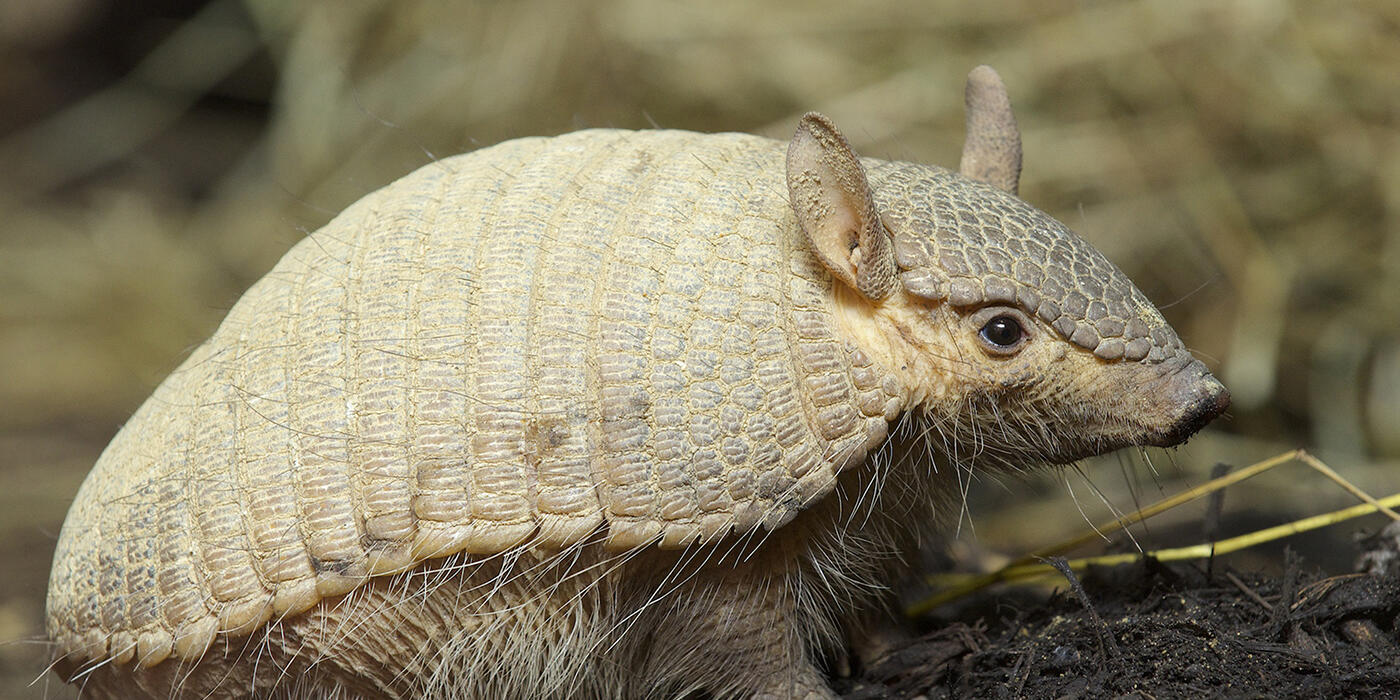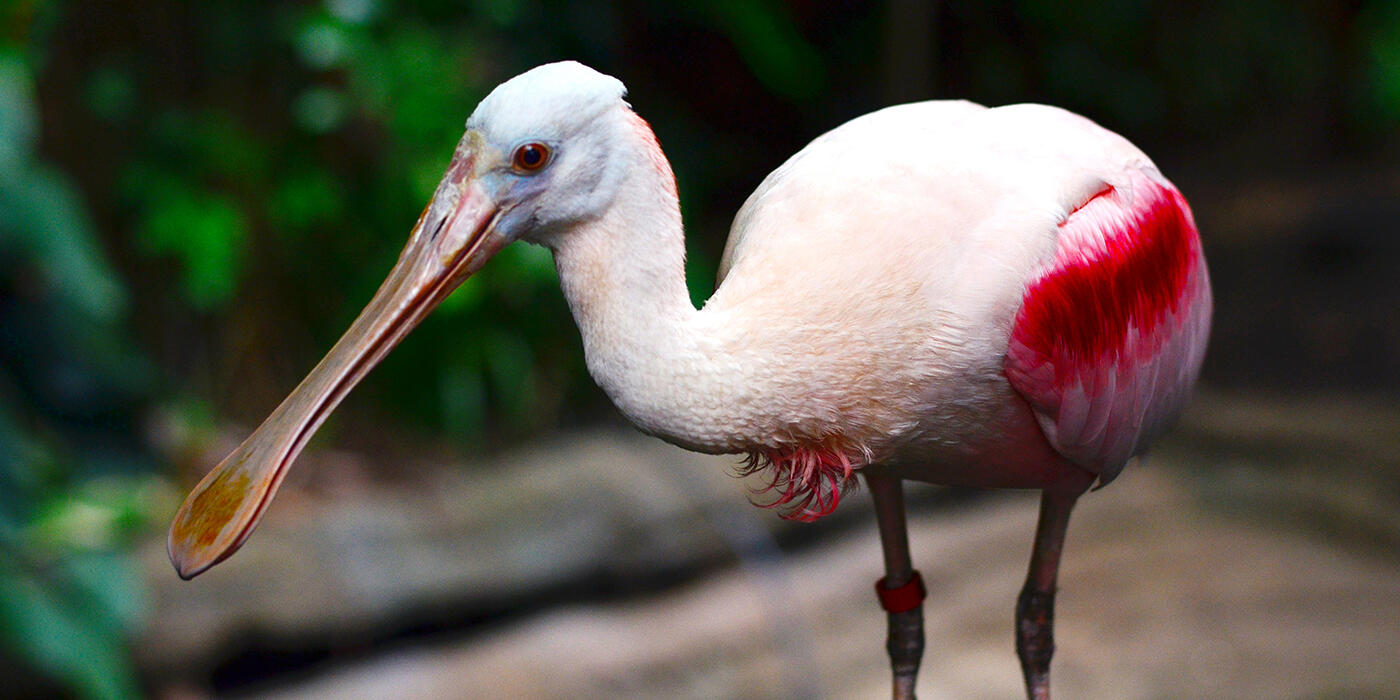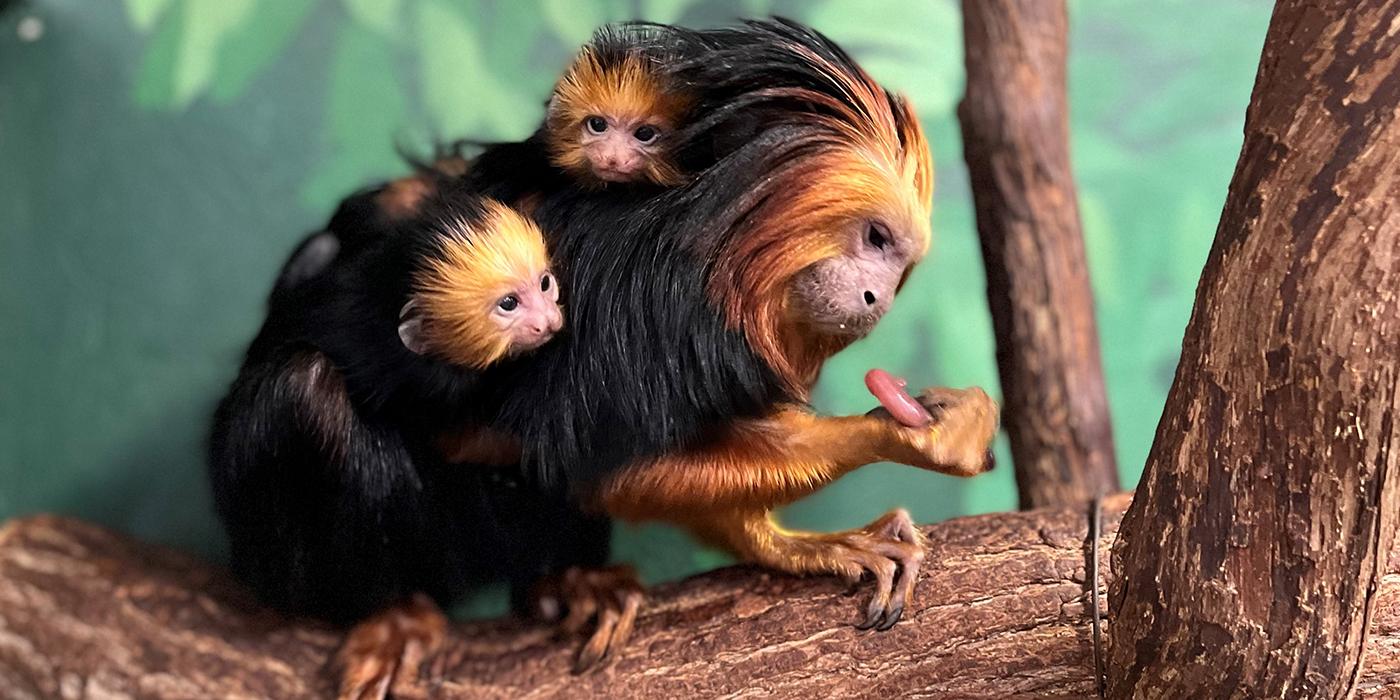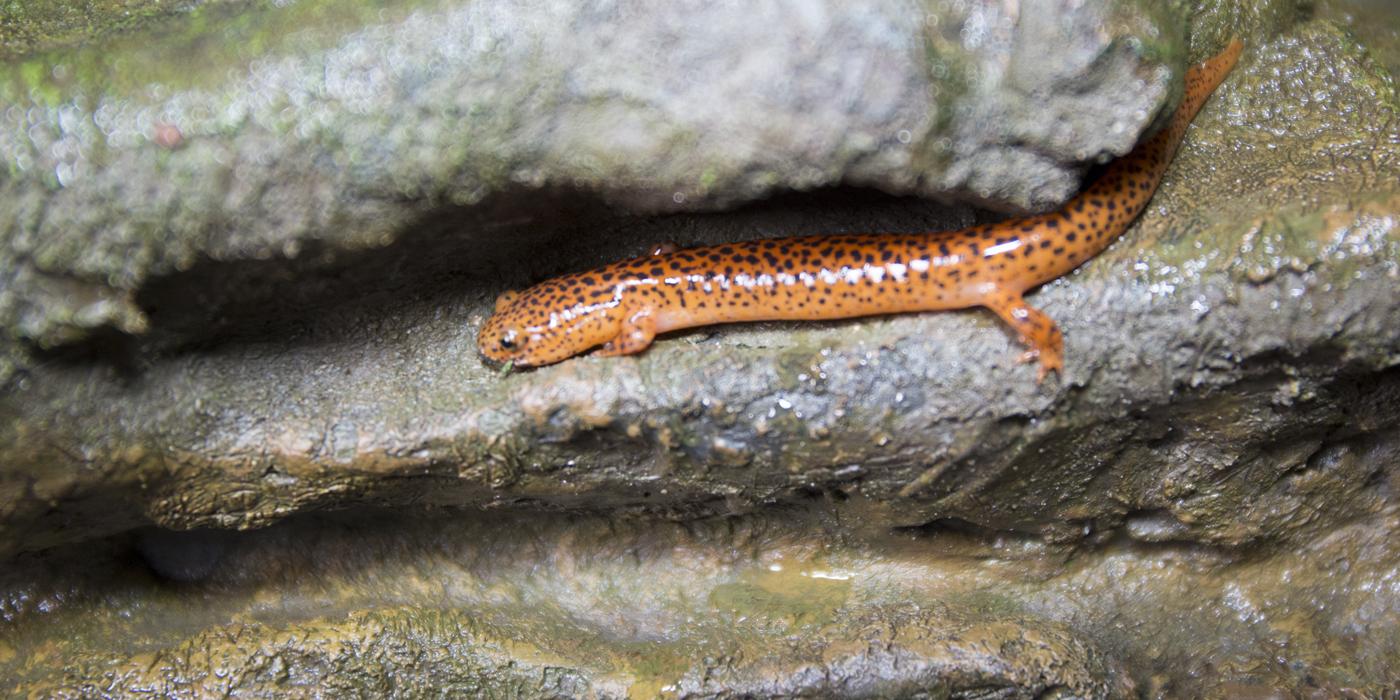From deserts to rainforests, what makes a habitat a suitable animal home? What Makes a Habitat a Home explores habitats around the world and some of the animals that live in these habitats.
This virtual school program is part of Conservation Classroom, a collection of monthly lessons for K-5 students. Each lesson has four elements: wonder (video), engage (live virtual program), act (activities), and connect (video). Follow along with all four parts or pick and choose the videos and activities you want to explore.
K-5
Supports NGSS K-LS1-1, K-ESS2-2, K-ESS3-1, 3-LS4-3
habitat, animals, survival, four basic needs, adaptations
cause and effect, systems and functions
Free
Wonder ›
I wonder... what is a habitat? Bring your curiosity along on an exploration of different animal habitats.
Me pregunto… ¿qué es un hábitat? Traiga su curiosidad a una exploración de diferentes hábitats de animales.
Engage ›
December 10, 2025 at 2 p.m. ET
In this free, live virtual program, students will compare animal habitats and met some of the animals that call these habitats home.
Want to explore habitats with different animals? Check out program recordings from 2023 and 2024.
Language & Access: English, Spanish (simulcast), American Sign Language interpretation, and live English captions.
Act ›
During the live program, follow along by drawing animal habitats. Then, record animal behaviors in their habitats with a data sheet to accompany the Zoo's animal webcams. Share your drawings with us at nzp-education@si.edu.
Durante el programa en vivo, siga dibujando hábitats de animales. Luego, registre los comportamientos de los animales en sus hábitats con una hoja de datos que acompañará a las cámaras web de animales del zoológico. Comparta sus dibujos con nosotros en nzp-education@si.edu.
¿Qué hace que un hábitat sea un hogar?
Connect ›
Meet Matt, a landscape architect who uses his creativity and curiosity to design outdoor spaces at the Zoo!
For Educators
Educator's Materials
Conservation Classroom: What Makes a Habitat a Home? is best suited for grades K-5. The full lesson consists of two videos, a live program, and two activities. Refer to the Smithsonian Learning Lab collection to help teach this lesson.
Letter to Guardians
After participating in the live program, print or send the following letter to guardians, explaining what their student learned in this lesson and how they can continue to engage from home.
Carta para el tutor
Después de participar en el programa en vivo, imprima o envíe la siguiente carta a los tutores, explicando lo que su estudiante aprendió en esta lección y cómo pueden continuar participando desde casa.
